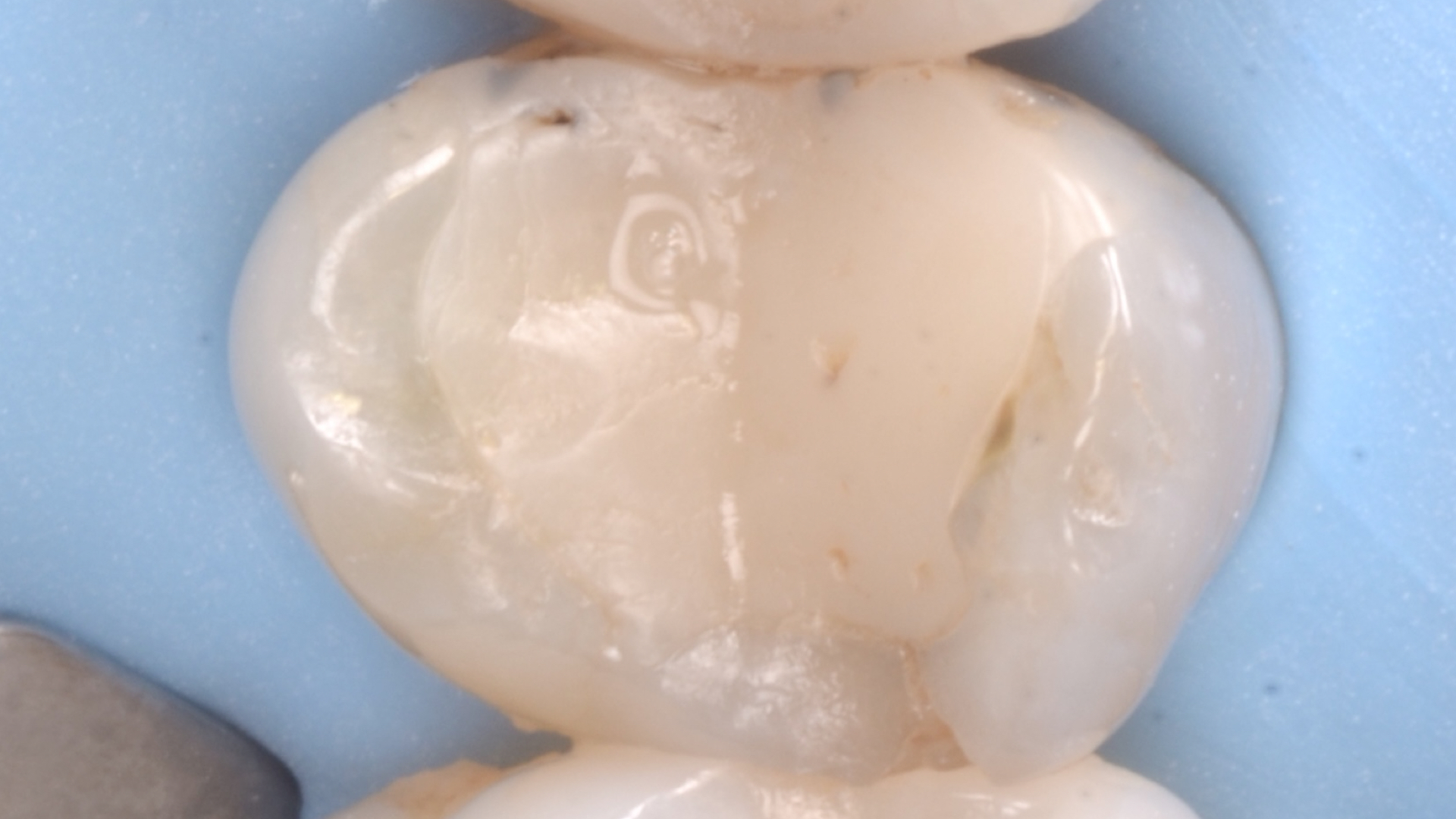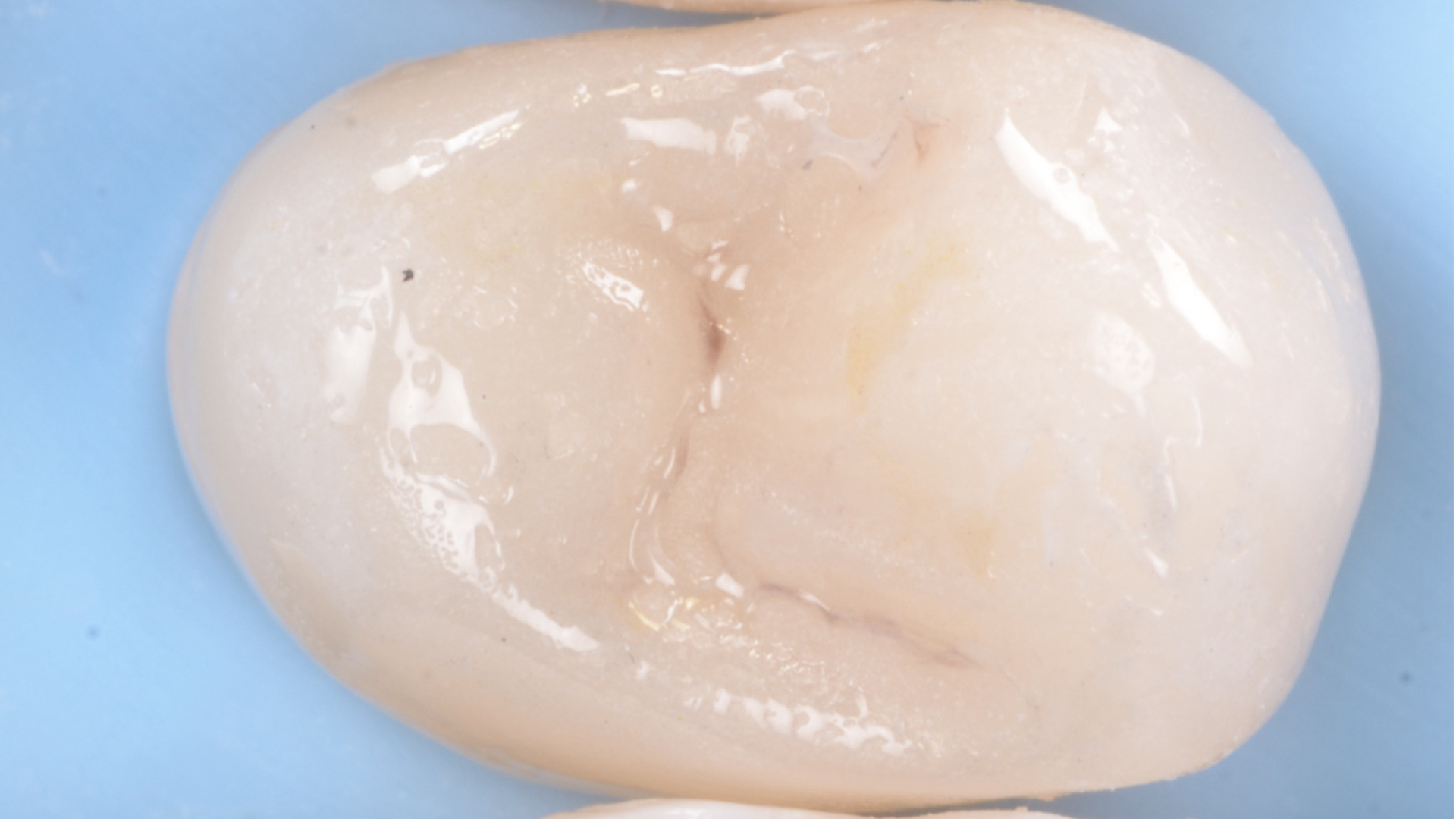If you have cavities don’t waste time! Immediate intervention may save your tooth
Bacteria present in dental plaque transform sugars into acids, which attack tooth enamel and lead to dental decay. In the initial phase of this process the Kalulushi decay can be stopped with good oral hygiene, however, if left in an unsanitary condition this initial phase will eventually lead to a cavity in the tooth enamel and eventually reach the underlying dentinal layer of tooth structure.
Dentinal tubules, present in the dentin, communicate with the dental pulp, which houses the nerves and blood supply to the tooth. Caries that reach this depth create an increased sensitivity in the tooth to hot and cold temperature as well as sweet substances. If the decay propagates even further into the dental pulp it provokes inflammation of the nerve, which is often very painful and eventually leads to nerve death, and infection, which can involve the surrounding bony tissues.
To cure dental decay it is necessary to remove the damaged part of the tooth until only healthy tooth structure remains. This process leaves behind a reduced but healthy tooth surface which can then be restored with certified materials chosen based on the location of the tooth to be restored, the size and position of the restoration required, esthetic considerations, and masticatory requirements.
Dental Fillings
When the missing or nay damaged tooth structure is minimal, following complete removal of damaged enamel and if necessary dentin, a simple dental restoration is placed, directly into the cavity of the tooth in a single appointment.
Inlays and Onlays
When the missing or damaged tooth structure to be replaced is large the restoration of choice is an inlay or an onlay. This type of restoration is fabricated in a dental laboratory by a dental technician and is then cemented to the tooth. In this case the procedure requires two separate appointments.
Maintenance of teeth through the use of dental fillings or restorations is of fundamental importance when indicated, even if the tooth does not provoke pain. The reason for this is that these procedures preserve masticatory function and prevent carious lesions from extending into the dental pulp or onto the root surface, all of which are factors that could possibly compromise a tooth’s maintainability.


